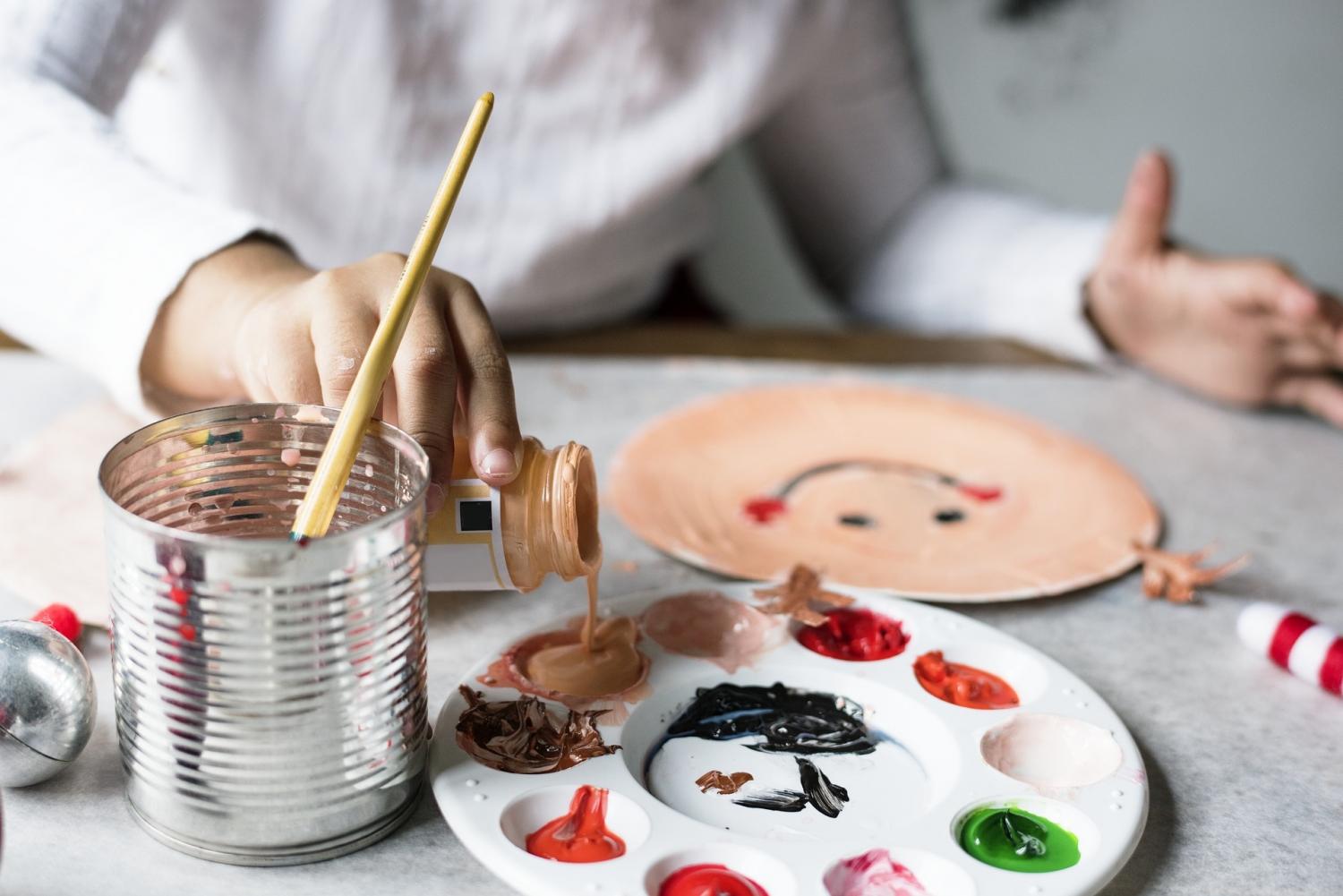
The role of art in health care in Alberta
By Lee Tunstall
For centuries, many cultures have used art in various ways in their healing ceremonies, though the formal art therapy profession has only been recognized for the past several decades. The history of art as a presence in hospitals dates back to the Renaissance – yet today, too often art is considered simply an optional add-on to healing.
That's changing rapidly. Art is becoming prominent as an adjunct to healing.
The long-promised Calgary Cancer Centre is finally breaking ground at Foothills Medical Centre in Calgary. The $1.4-billion state-of-the-art facility will have 12 radiation vaults, 160 in-patient beds, more than 100 patient exam rooms and more than 100 chemotherapy chairs. But will this new institution embrace art therapy as part of its treatment programs?
A systematic review of research on art therapy found that 14 of 15 randomized clinical trials demonstrated significant improvements for patients, particularly for depression, anxiety, mood, stress, quality of life, ability to cope and self-esteem.
More than 50 per cent of U.S. hospitals have art-therapy programs and research is just now beginning to try to quantify the effects art has on hospital patients. In the United States, the Arts and Health Alliance has been operating since 1991, advocating for the integration of the arts into the environment within health-care facilities. Canada has Arts Health Network Canada, based out of British Columbia, with community partners in Ottawa and Toronto.
But in Alberta? We are behind the times.
In 2009, the Society for the Arts in Healthcare published a report on the state of arts programs in hospitals. It found, among other things, that arts programming can actually decrease health-care costs by reducing the amount of pain medication needed by patients, decreasing the length of hospital stays and improving compliance with recommended treatments. Another report found arts programming to be a highly cost-effective and a low-risk way to improve health care. More than 50 per cent of health-care institutions value these programs enough to fund them as part of their operating budget.
In Alberta, this often isn't the case. Arts programming in Alberta hospitals – when it happens at all – is more often funded and delivered by non-profit organizations than paid for by Alberta Health Services. Perhaps this is as it should be, but it's worth noting that when the government cuts back in austerity times, non-profits routinely experience a similar reduction in funding and donations.
Of course, it's often not hard research that tells most of us of the true worth of art in health-care programs. It's seeing our loved ones in a drab and sterile hospital room that can often hit home.
One unique non-profit program in Calgary that aims to improve the health-care experience is Art à la Carte, which brings a selection of art to chronic and critically ill patients' bedsides via an "art cart." Volunteers bring the art to the patients and provide them with a choice to personalize their surroundings. This is a powerful gesture at a time in a patient's life when choice and control is in short supply and many feel powerless and dependent.
Now two new Art à la Carte programs available in Calgary – Create While You Wait, designed for patients recovering from brain injuries, and Opening Minds through Art, a Scripps Gerontology Center program for patients living with dementia – are helping to heal minds in distress.
There are powerful stories to be told about the impact of Art à la Carte, which has been quietly operating for more than 24 years in the province. Patients become people again when the art is delivered, and people who have been rendered almost mute from their medical situations open up and discuss their past, their families and sometimes even their fears for the future. Families and friends also appreciate the art and its positive effect on their loved ones. And finally, even the staff see and report palpable changes in attitude on "art cart day," which they also experience.
A similar non-profit organization, the Friends of University Hospitals, operates in Edmonton. They offer an innovative Artists on the Wards program, which includes professional and volunteer literary, musical and visual artists who visit patients at their bedside. Patients report reductions in pain and improved spirits as artists engage them in creative pursuits.
Art à la Carte has had a hard time raising funds this year as not one, but two, fundraisers had to be cancelled because of the downturn in the Calgary economy. With no funding from any level of government, the organization provides a great return on investment but needs help right now to even keep the doors open.
Let's hope that the new Calgary Cancer Centre will still have a partner like Art à la Carte around when its doors open in 2023.
Sometimes it's not enough to heal the body.
Dr. Lee Tunstall is the past president of Art à la Carte, a sessional instructor at the Werklund School of Education at the University of Calgary and a contributor with EvidenceNetwork.ca. She has a PhD in History from the University of Cambridge.










